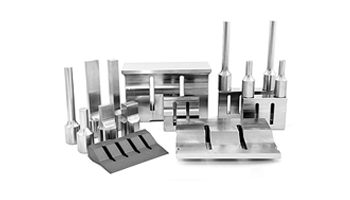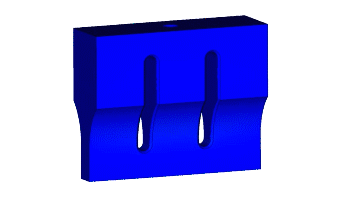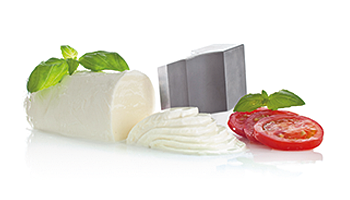SONOTRONIC GmbH
Becker-Goering-Str. 17-25
76307 Karlsbad, Germany
E-Mail: sales@sonotronic.de
Mon to Thu 8 am – 5 pm
Friday 8 am – 3 pm
Phone:
Parts nests
Individual production of all parts nests in our internal special department
The parts nest is the form-bound counter bearing to the sonotrode or the welding tools. In the finest precision work, we geometrically adapt the nests to the workpiece to be machined and the required vibration behavior. Based on original parts or on the basis of customer-specific CAD data, the nests are individually designed 100 % in-house and then manufactured.
What is a parts nest?
The so-called parts nest (also: fixture tool, fixture or nest for short) is of great importance when joining or punching plastic parts. It is used for exact positioning of the workpiece to be processed. The nest is made of special plastics. If the workpiece rests on the nest with the sensitive visible side (A side), it is cast from soft casting resin so that nothing is scratched (e.g. in door panels).
For nests on which the workpiece rests with its later hidden side (B side), it is milled from plastic block material (e.g. for bumpers). In hot plate welding, heat is permanently applied to the workpiece, so that the nest is milled directly from metals (aluminum, steel).
How does a parts nest work?
- The nest consists of the baseplate, several segment plates and individual plastic segments. It embeds the workpiece and fixes it under the working area or the individual tools. In the case of special machines, it can be designed as a sliding table, rotary table or interchangeable frame.
- The sonotrode must be in full contact with the workpiece in order to optimally introduce the ultrasonic energy into the plastic. The nest, which is adapted to the molded part, prevents it from slipping out of the ideal position during processing.
- In addition, the nest serves to dampen the workpiece in order to cushion the ultrasonic vibrations acting on it. The construction material is decisive here; casting resins, for example, are particularly suitable for sensitive workpiece surfaces.
Technical data
- Preferred materials
- Steel
- Aluminum
- Brass
- Casting resins (damping effect, for sensitive surfaces)
- Cork (see casting resin)
- Special solutions for complex parts, e.g.
- Clamping mechanisms
- Ejector
- Split fixtures
- Nests with different insertion positions for different part variants
You might also be interested in
Contact



